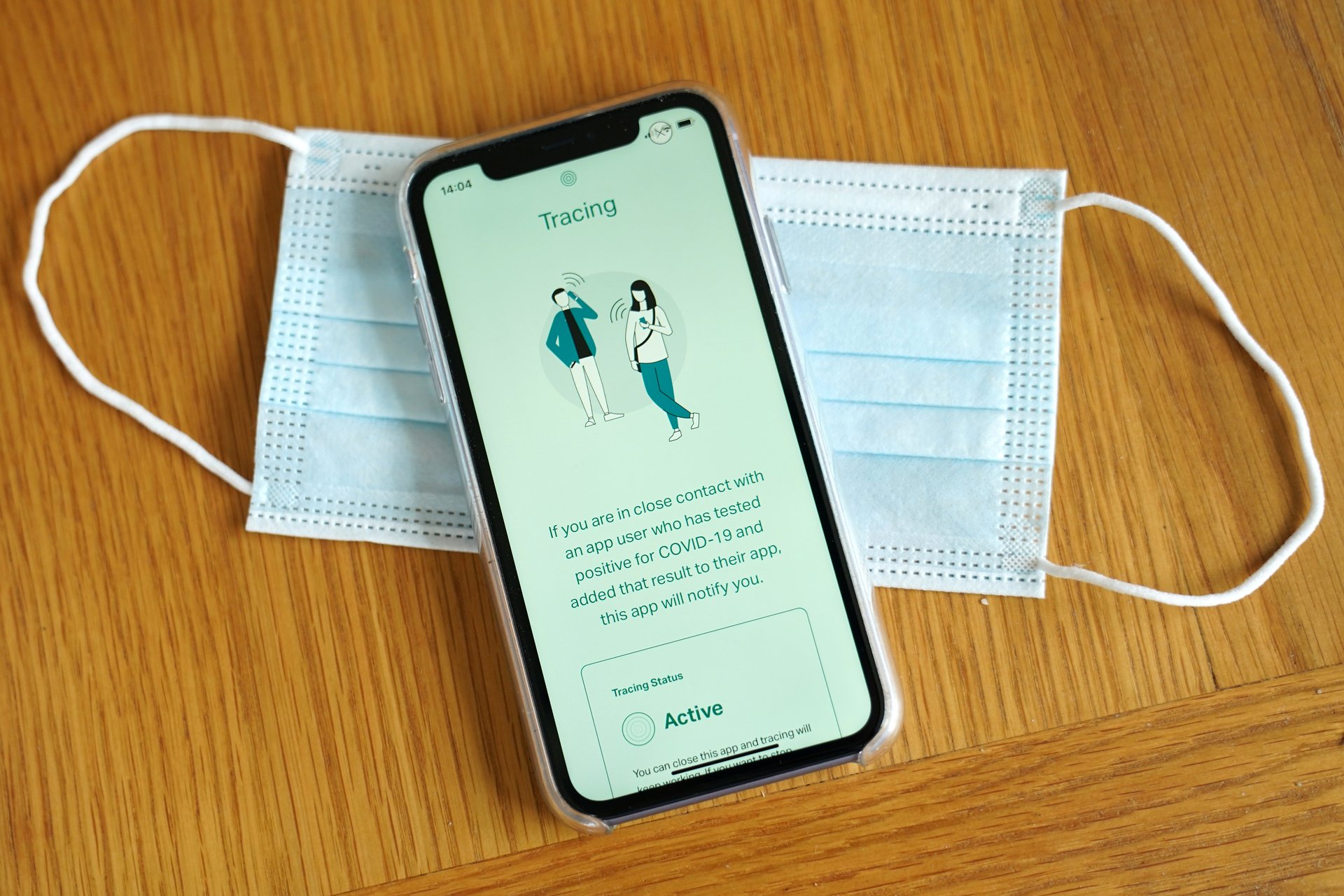US states are finally rolling out Covid-19 exposure notification apps
For the first six months of the pandemic, the US lagged behind dozens of other countries in rolling out apps to alert citizens when they’ve come in contact with someone who has tested positive for Covid-19. But states are finally rolling out a wave of apps based on open-source software that has made their proliferation faster and cheaper.


For the first six months of the pandemic, the US lagged behind dozens of other countries in rolling out apps to alert citizens when they’ve come in contact with someone who has tested positive for Covid-19. But states are finally rolling out a wave of apps based on open-source software that has made their proliferation faster and cheaper.
Now people just need to download them.
The most recent additions to the canon are New York and New Jersey, which each launched apps on Oct. 1. By the next day, iPhone and Android users had installed the New York app about 250,000 times, and New Jersey’s app about 65,000 times.
Since August, seven other US states and Guam have launched exposure notification apps. Four of them—New York, New Jersey, Delaware, and Pennsylvania—were built using open-source code from the Linux Foundation Public Health (LFPH) initiative, which is freely available to any government that wants to crib from it to develop its own app. In September, Apple and Google announced an “exposure notification express” program to allow states to launch apps without doing any in-house coding at all.
Jenny Wanger, who works with LFPH to help US states get their coronavirus apps off the ground, says eight more state apps are likely to launch by the end of October. “They’re going to be able to do it at this point quite quickly and easily and cheaply,” she said, noting that states no longer need to hire developers to build new apps from scratch. “I would hope by the end of the year to see the majority of US states with exposure notification technology.”
All US state apps operate using the Google Apple Exposure Notification API—which is a procedure for iPhones and Android devices to talk to each other via bluetooth signals. If you download one of the state apps, and you stand within six feet of someone else who has the app downloaded, your phones will exchange secret codes, which are encrypted to protect your identities.
If you test positive for Covid-19, you can tell your phone to send a list of all the secret codes it has generated to a central database. All app users’ phones periodically check that database to see if they’ve come across those codes. If so, they send an alert to let their owners know they may have been exposed to the virus. Six state apps use the same database run by the Association of Public Health Laboratories, which means no matter which of the six you download, you can exchange codes with any of the others.
Wanger said it took a long time to build up all these core enabling technologies: the API for Apple and Google devices to talk to each other, the database of encrypted codes that all states share, and the open-source software states can copy to make their own apps. But now that they’re all in place, it typically only takes four to six weeks for a state to get an app off the ground.
The key question now is how many people will download the apps. Researchers found that if just 15% of the population uses an exposure notification app, it can cut Covid-19 infections by 8% and deaths by 6%.
Correction: Not all US state apps use the Association of Public Health Laboratories database—the apps from Alabama, Virginia, Nevada, and Guam do not. Additionally, phones send a list of all the codes they’ve generated to a central database, not all the codes they’ve received.
This story has been updated with estimated downloads of the New York and New Jersey exposure notification apps.